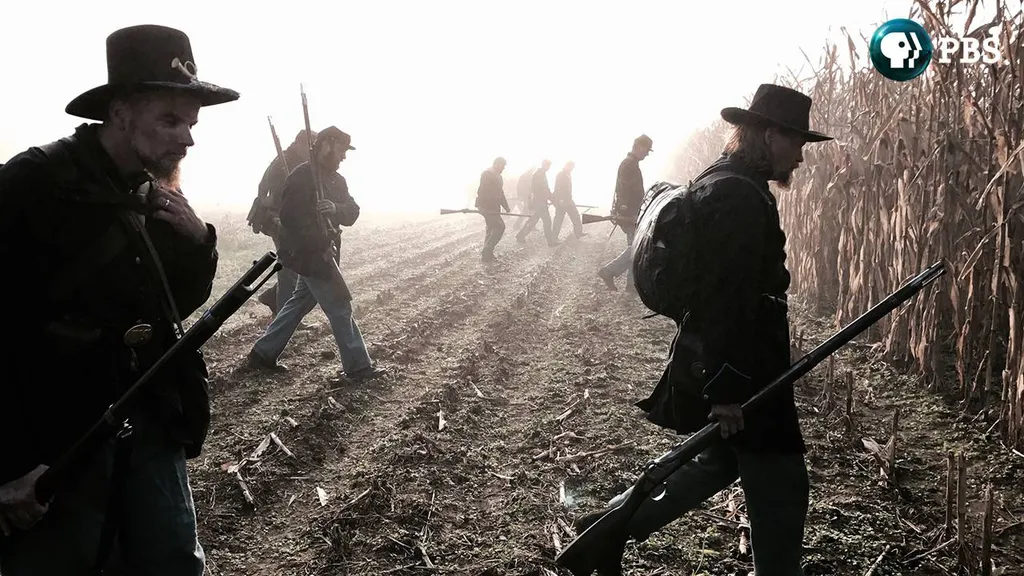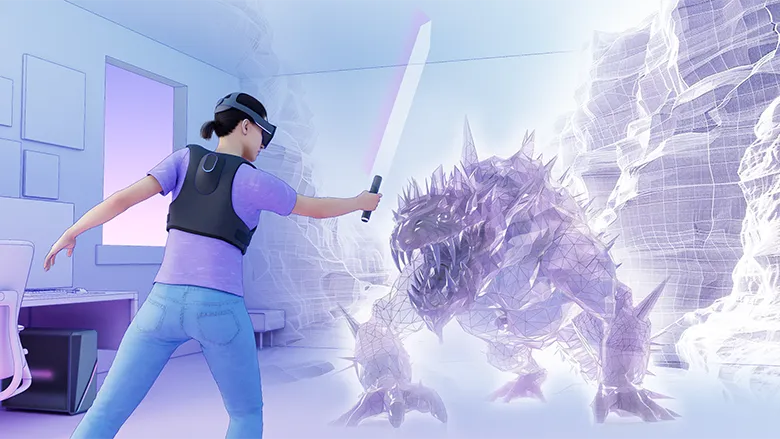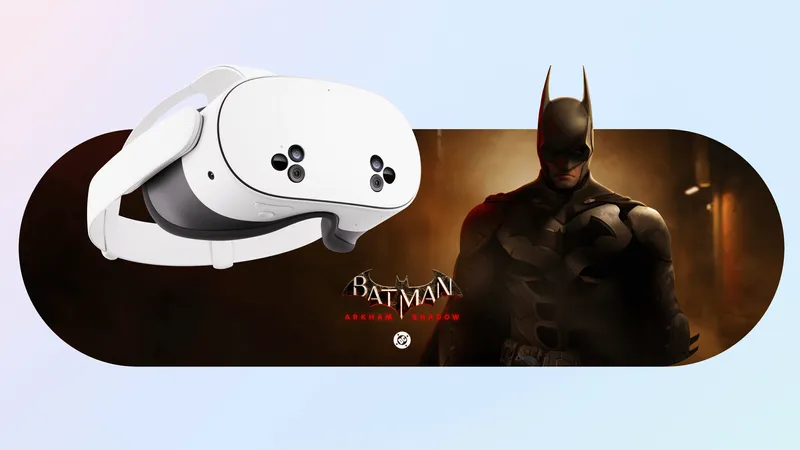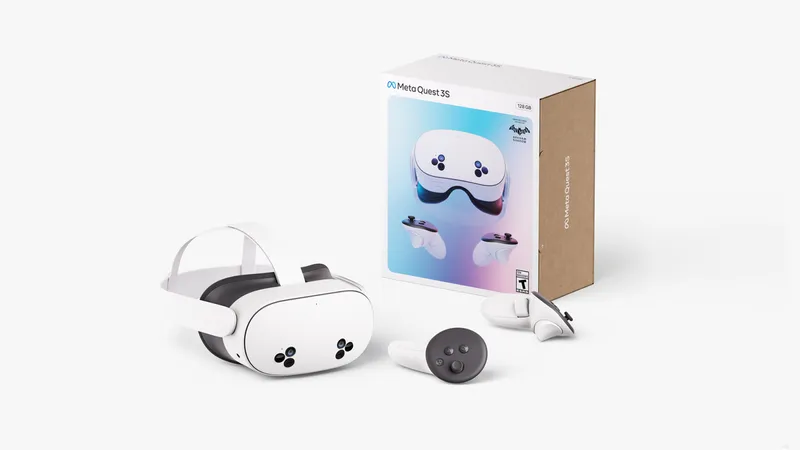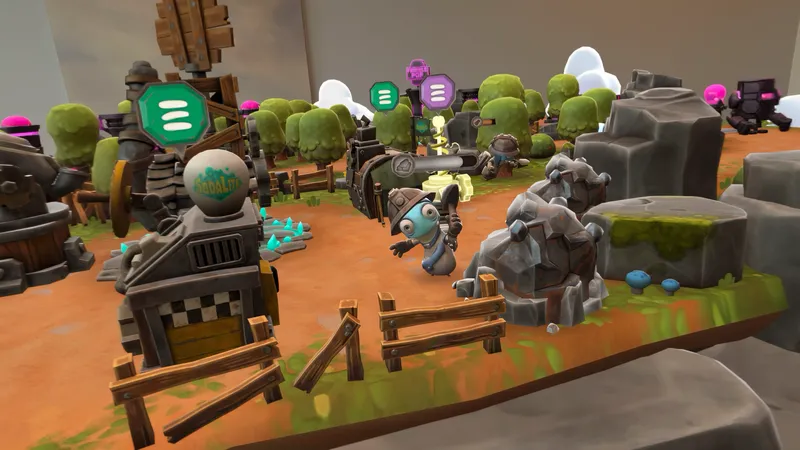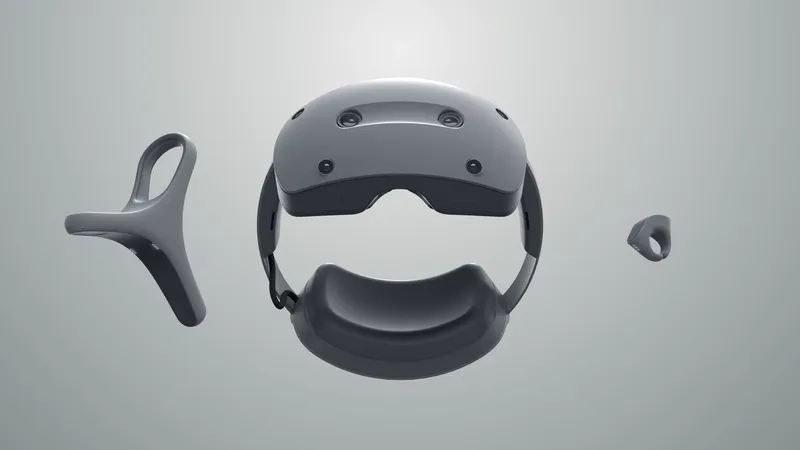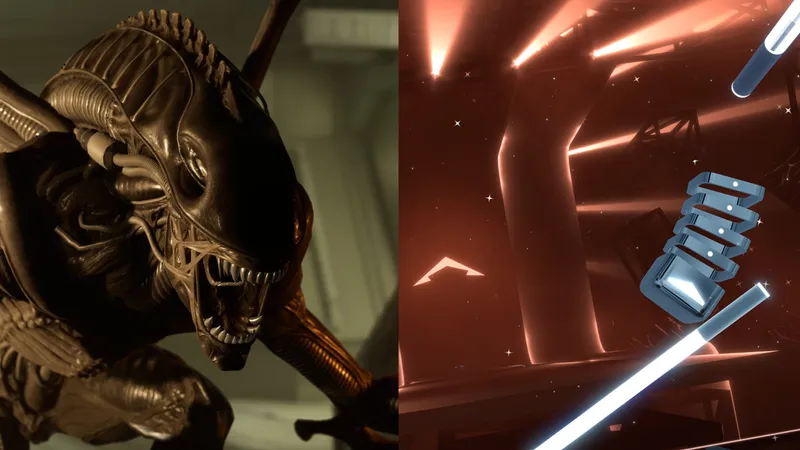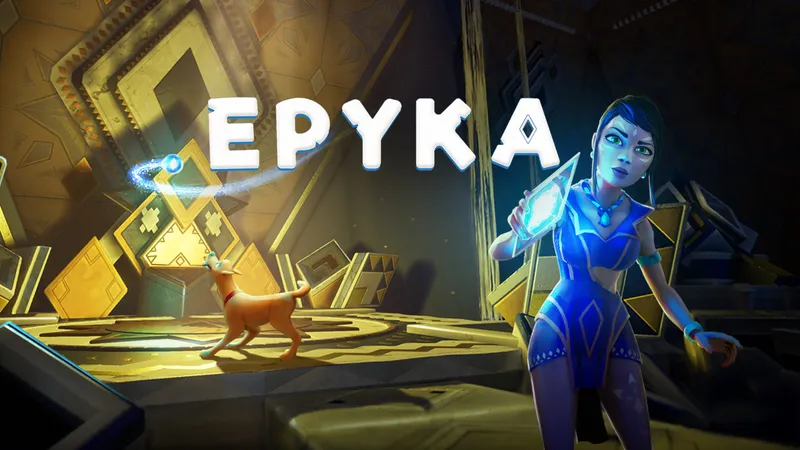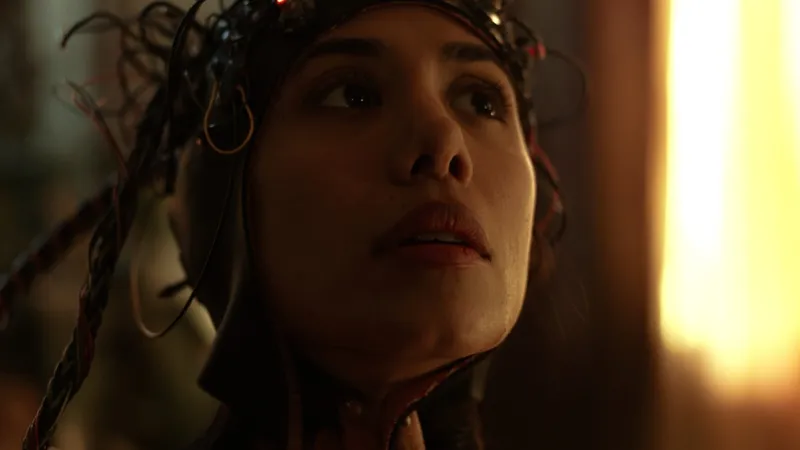From weekly news shows to mini-documentaries, 360-degree video continues to grow as a medium for storytelling. Creatives, journalists, and more are taking to the platform and giving audiences a perspective that not only shows off more angles of a story than previously allowed, but draws the audience in like no other platform could.
While many new and upcoming events continue to get the 360-degree treatment, some creators have been recreating historic events within the platform. The historic event under the immersive microscope this time is the Civil War as PBS Digital Studios takes us into the conflict with their 360 short My Brother’s Keeper.
Mercy Street is a period medical drama that follows nurses and doctors in Alexandria, Virginia during the Civil War. It’s currently on its 2nd season, which started in January this year, and My Brother’s Keeper is a feature inspired by the series.
“We are at the dawn of a new era in narrative filmmaking in which the visual vocabulary of cinema, as well as the production process, is being completely reinvented,” said executive producer of the film Don R. Wilcox in a blog post. “I think My Brother’s Keeper in its own way does a remarkable job of advancing this evolution.”
In a matter of nine minutes, My Brother’s Keeper tells the fictional tale of two brothers (inspired by true stories from the Civil War) that each fight on the opposite side of the war. The production crew used over 150 Civil War reenactors in the short as they reunited the two characters at Antietam, which was one of the bloodiest battles in American history. The short alternates between the points of view of both brothers until the final conflict and the filmmakers utilized a couple techniques not seen frequently in 360-degree content.
Using the Jaunt ONE camera at 120fps, one the battle scenes utilizes slow motion. Another technique forced viewers to focus on an 180-degree portion of the film, blurring out the rest. While that technique did make it easier to follow the action the filmmakers intended at those moments, at some points the characters would look or point their weapon off in a particular direction. To look that way only to be met by a blurry haze breaks the immersion.
The film was shown at the Sundance Film Festival, but is now available to be seen on Viveport, JauntVR, and PBS.org.

